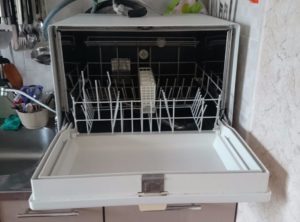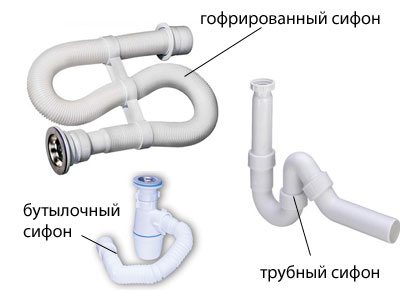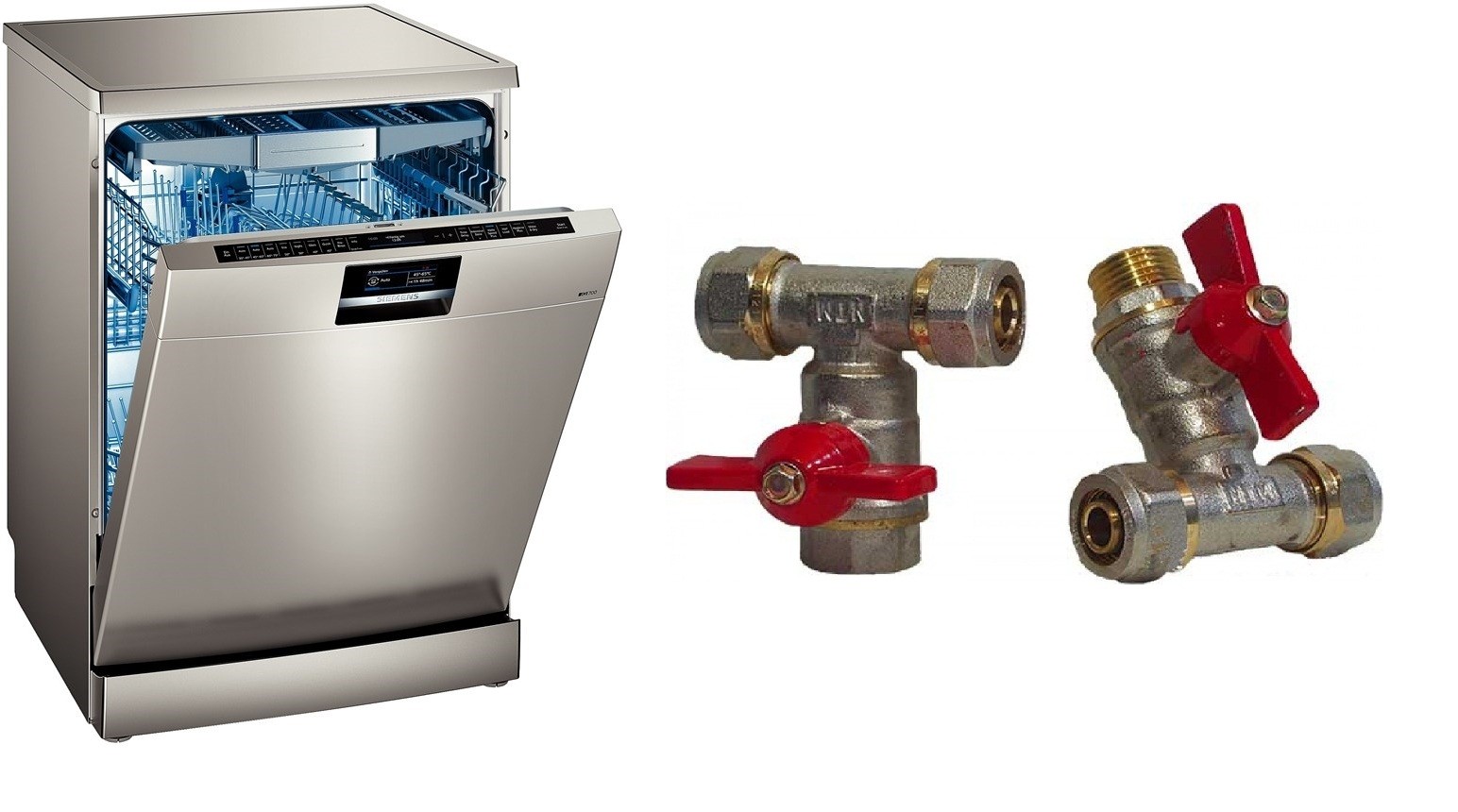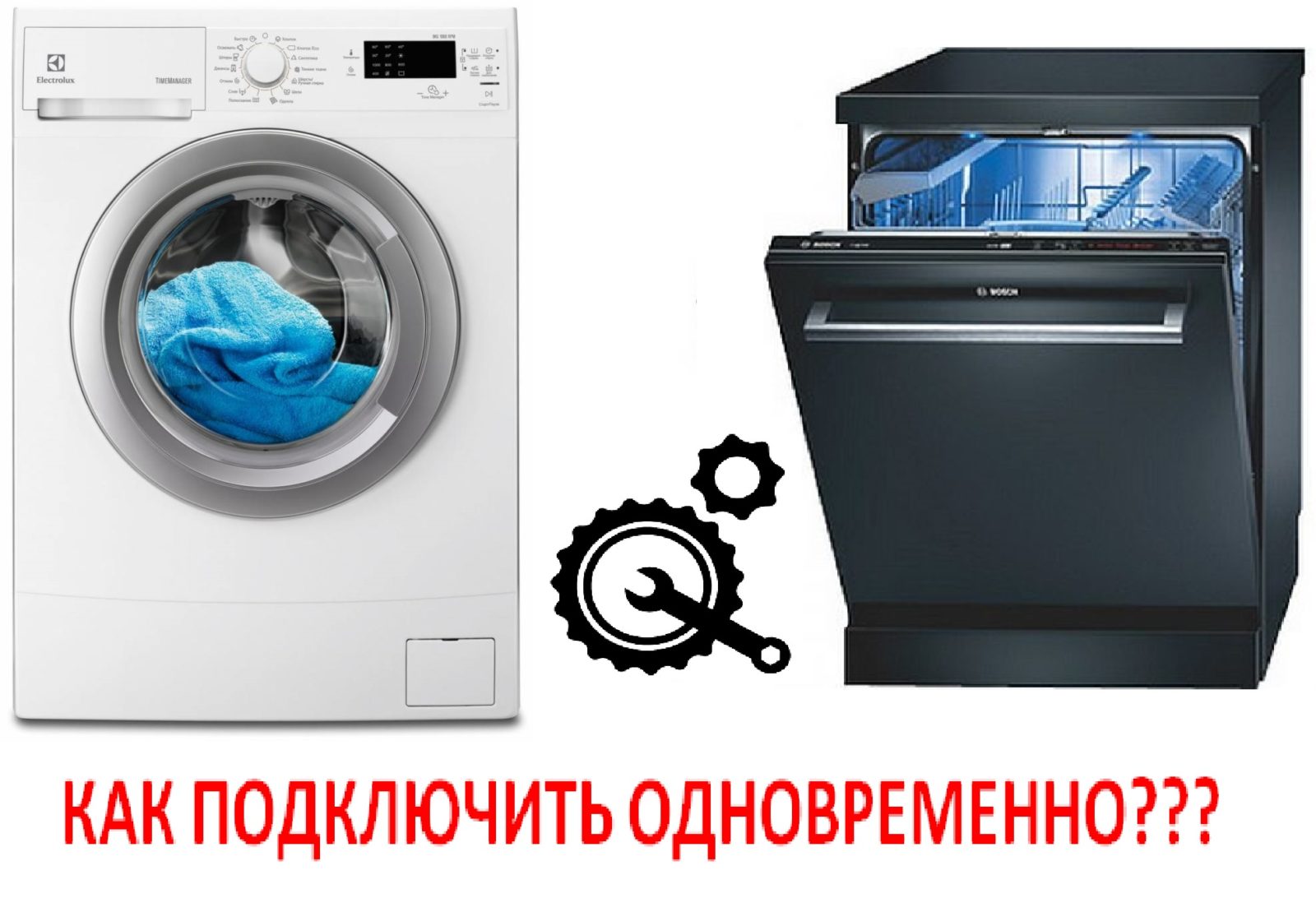How to connect a countertop dishwasher
 Connecting any dishwasher is not a difficult task, the main thing is to carefully read the instructions and do everything slowly. It is a little inconvenient to connect floor-standing machines due to the fact that you need to climb behind the back wall of the case and poke around there, connecting the hoses to the water supply and sewerage. Connecting a tabletop dishwasher, in this sense, is much simpler. Let's see how it's done.
Connecting any dishwasher is not a difficult task, the main thing is to carefully read the instructions and do everything slowly. It is a little inconvenient to connect floor-standing machines due to the fact that you need to climb behind the back wall of the case and poke around there, connecting the hoses to the water supply and sewerage. Connecting a tabletop dishwasher, in this sense, is much simpler. Let's see how it's done.
What will be required for installation?
The composition of the components required for installing a dishwasher will depend on the degree of preparedness of communications in the kitchen. If you already had a dishwasher before, connected a tee tap and a siphon with an outlet for the drain hose, then you will need a minimum of components. If communications are not prepared, then you will need to purchase:
- flow filter for ¾ inch thread;
- tee tap for the same thread;
- siphon with outlet (fitting);
- any winding;
- a couple of clamps.
If you wish, you can buy and install a fine filter, but in the future it will have to be changed or cleaned once every three months, and maybe more often.
The tools you need to take are a screwdriver, pliers and a small adjustable wrench. In addition, you need to pay attention to the place where you install the dishwasher yourself. There should be enough space on the table or cabinet for the dishwasher to stand level and for the hoses to reach the connection points.
Installation process
If we do not have communications organized for the dishwasher, we cannot begin the connection process, so we will put our dishwasher aside for now, and we ourselves will deal with the connection points to the water supply and sewerage.Let's start with the sewer. Inspect your siphon, which is installed under the kitchen sink. If it has a side fitting for connecting the drain hose, then everything is fine. But if you have an old siphon without a fitting, you will have to change it to a more suitable one. Let's do the following:
- we will purchase a new siphon with two fittings, let the additional fitting be in a plugged state, it will come in handy over time;
- unscrew and put aside the old siphon;
- We assemble and connect the new siphon.
Make sure the new siphon is securely screwed on. All rubber gaskets must be in place, otherwise the siphon will leak water. There is no need to remove the plugs yet. Next, let's deal with the connection point to the water supply.
- We turn off the cold water riser and drain the water from the pipes by opening the faucet tap in the kitchen.
- At the place where the mixer outlet hose connects to the cold water pipe, unscrew the nuts and disconnect the hose and pipe.
- We connect the flow filter to the tap with a tee, winding the connection correctly (against the thread). The filter is screwed to the shut-off free outlet of the tee valve.
- We screw the plastic pipe to one outlet of the tee tap, and screw the hose to the other. We wrap up the joints. The outlet that is closed by the tap must remain free. The tap on the tee must be closed.
- Turn on the water and make sure that the connection is not leaking.
Well, we've sorted out the preparations. At the next stage we proceed directly to the connection compact dishwasher with your own hands. The most critical stage of work is the process of connecting to the water supply and sewerage system.We bring the inlet hose end to the tee tap, screw it to the free outlet, not forgetting to rewind the thread. We bring the end of the drain hose to the siphon and connect it to the outlet. If the connection seems unreliable, install a pre-prepared clamp.
The last thing you need to do is open the water flowing into the inlet hose and connect the desktop machine to the outlet. If there are no leaks anywhere, you can start a test run of the machine. If you need to connect the machine quickly for a test run, you can simply throw the drain hose into the sink. It doesn't look aesthetically pleasing, but the dishwasher will work just as well.
In conclusion, we note that connecting a countertop dishwasher is not much different from connecting any other dishwashing unit. The only difference is that doing this is much more convenient, because the body of this equipment is compact and easy to move. Happy installation!
Interesting:
Reader comments
- Share your opinion - leave a comment
Categories
Washing machine repair


For buyers

For users

Dishwasher

















Add a comment